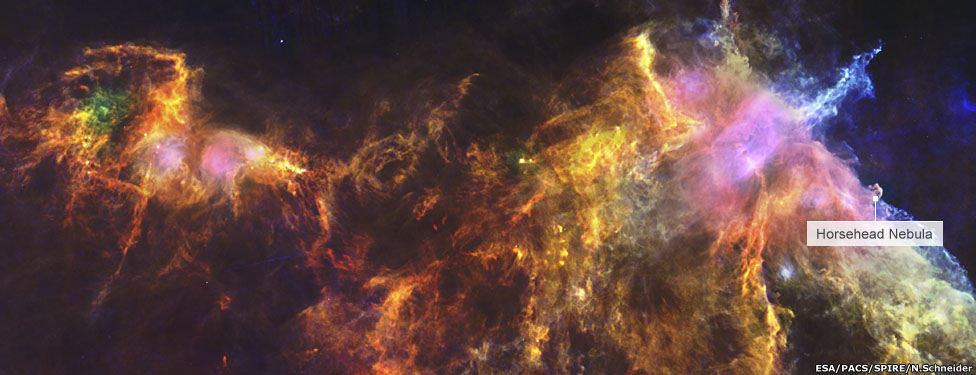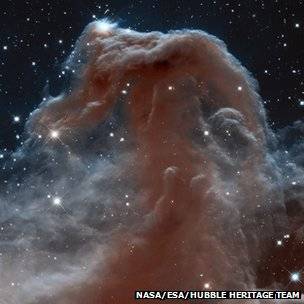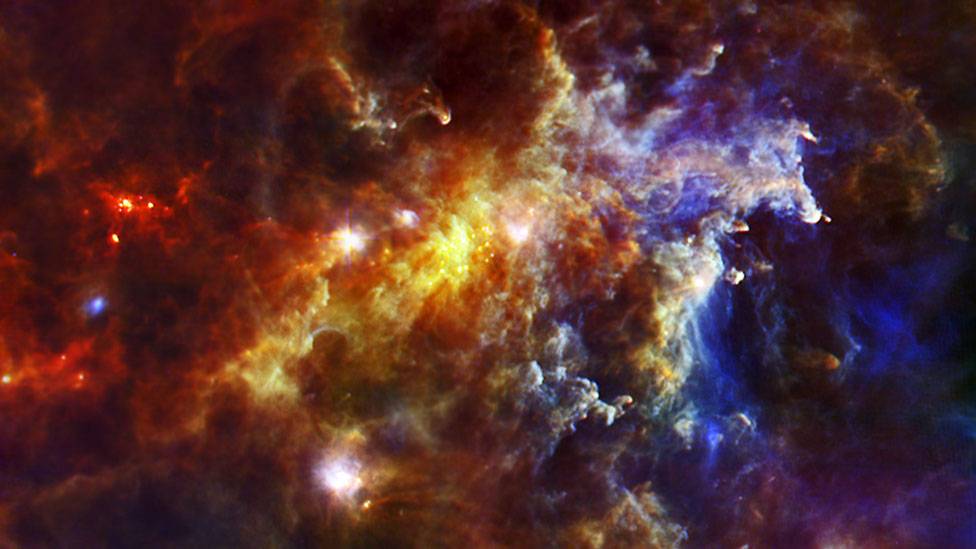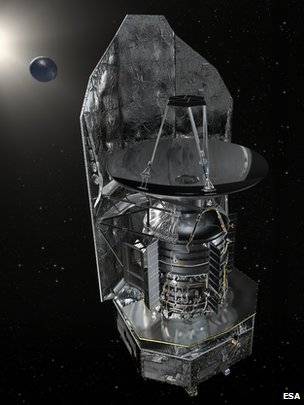I would like to see the deep space telescope employed. Two things make this interesting to me: One is the purpose of the telescope and the other is the uniqueness of the instrument itself. The purpose would be to study the alpha centauri star system which is our nearest stellar neighbor. The system is composed of three stares two which are about the size of our sun and orbit each at a distance of about half the diameter of our system. On one of the earth like planets orbiting one of the stars the other would appear a very bright star that would act like a planet. I feel certain that the system would have earth like planets and life.
What would be unique about the telescope is that it would not look like a telescope. It would be a beam made of sheet perhaps as long as a quarter mile. It could have two beams that intersected to form a cross, but one would work. In the middle would be a computer, a manifold, and phase shifters out from the middle on both sides would be hundreds of small telescopes and video monitors. The device would oriented towards the target by a propulsion system and rotated; the cameras would collect the light within the rotation and the computer, manifold and phase shifters would combine the light to produce an image somewhat equivalent to telescope with a quarter mile wide mirror. It would have limitations. It would not be able to detect movement, but I believe it would be able to see planet as well as oceans, mountains and vegetation on the planets.
Something interesting I remember about the construction of the triangle beam is that robots that would look like giant tape dispensers would build it. The sheet metal would be transported to space in large rolls that would placed in the in the robots and feed out through a slot where it would be folded into a triangler shape with triangles cut in the sides and folded in to overlaping folds from the other sides in such a way as to make the beam rigid when it is all welded together.
What would be unique about the telescope is that it would not look like a telescope. It would be a beam made of sheet perhaps as long as a quarter mile. It could have two beams that intersected to form a cross, but one would work. In the middle would be a computer, a manifold, and phase shifters out from the middle on both sides would be hundreds of small telescopes and video monitors. The device would oriented towards the target by a propulsion system and rotated; the cameras would collect the light within the rotation and the computer, manifold and phase shifters would combine the light to produce an image somewhat equivalent to telescope with a quarter mile wide mirror. It would have limitations. It would not be able to detect movement, but I believe it would be able to see planet as well as oceans, mountains and vegetation on the planets.
Something interesting I remember about the construction of the triangle beam is that robots that would look like giant tape dispensers would build it. The sheet metal would be transported to space in large rolls that would placed in the in the robots and feed out through a slot where it would be folded into a triangler shape with triangles cut in the sides and folded in to overlaping folds from the other sides in such a way as to make the beam rigid when it is all welded together.
Last edited:






